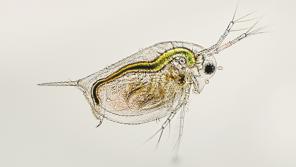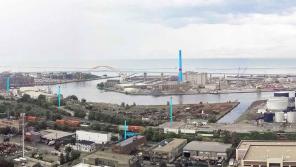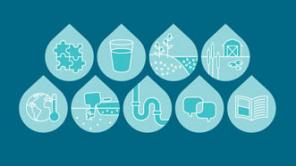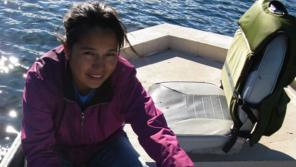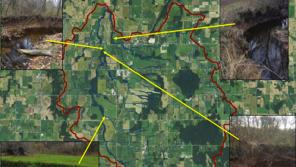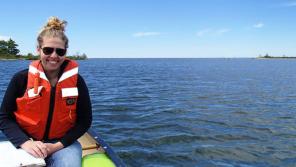water quality
Fresh water scientist Rebecca Klaper studies the impact of indescribably small nanoparticles on our Great Lakes.
UW-Madison student Kendl Kobbervig created a story map as a way visually present highlights from the Shifting Currents report.
A project under development in Milwaukee uses large-scale art to increase city residents' responsibility for—and understanding of—how water quality is connected to everyday choices we make.
More than a decade has passed since the first statewide Waters of Wisconsin (WOW) conversation, and the publication of its definitive report Waters of Wi
Is the diversion of Lake Michigan waters Waukesha's only option to secure "a safe and sustainable source of water for its residents"?
June 1990 was a wet one in Brown County with a total of 14.2 inches of rainfall recorded at the Austin Straubel Airport.
I have lived most of my life on the reservation of the Red Cliff Band of Lake Superior Chippewa located on the south shore of Lake Superior.
How are we crafting policy to address today’s water challenges and what roles do scientific research and knowledge play in informing these policies?
- 1 of 2
- next ›
Contact Us
contact@wisconsinacademy.org
Wisconsin Academy Offices
1922 University Avenue
Madison, Wisconsin 53726
Phone: 608.733.6633
James Watrous Gallery
3rd Floor, Overture Center for the Arts
201 State Street
Madison, WI 53703
Phone: 608.733.6633 x25

